You may soon be able to read the FBI warrant that helped sink Hillary Clinton

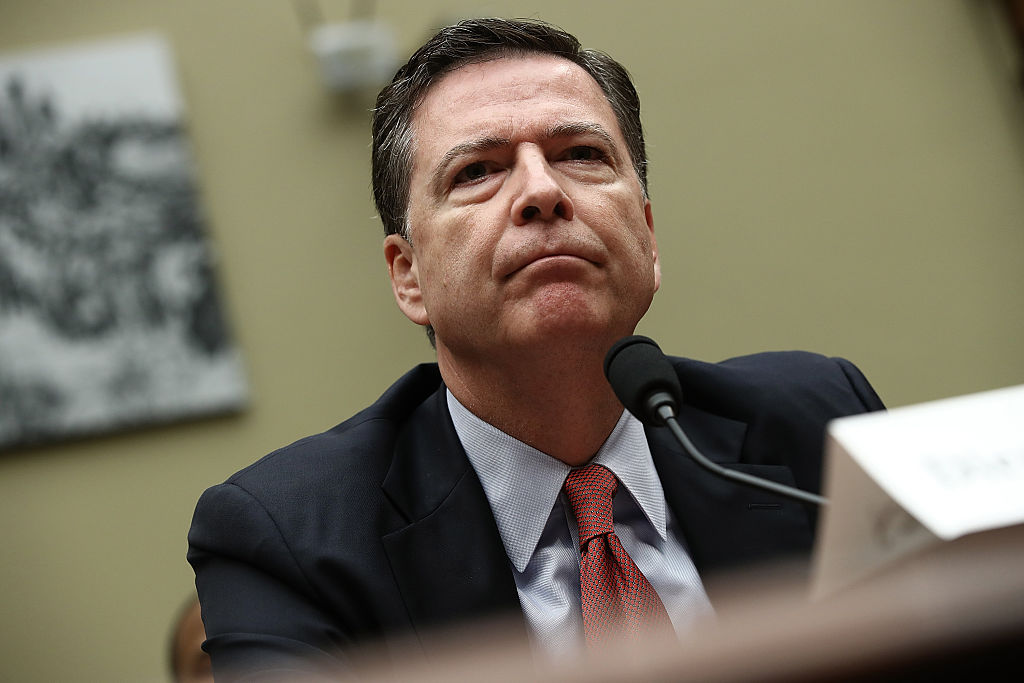
Earlier this week, a federal judge in Manhattan suggested that he may approve a motion to unseal the search warrant that led FBI Director James Comey to announce that Hillary Clinton's email investigation had been reactivated just 11 days before the presidential election — only to announce nine days later that the FBI had found nothing new. "Countless American citizens, including Secretary Clinton, believe that Comey's announcement and the reopening of the investigation might have single-handedly swayed the election," says the lawsuit, filed by E. Randol Schoenberg, a lawyer most famous for recovering Nazi-looted art to its Jewish owners.
On Tuesday afternoon, U.S. District Judge Kevin Castel said he is inclined to make the warrant and related documents public, despite the FBI's ongoing investigation into Anthony Weiner's sexting, which led to the discovery of Clinton emails. "Director Comey described that as an unrelated case," Castel said, giving the government two days to file its arguments as to why the warrant and other documents should be kept sealed.
This may seem like relitigating done deals, but Schoenberg said it is important to understand what happened. "Why did they think they had evidence of a crime?" he told Newsweek on Wednesday. "There's a possibility that somebody gave them false information because they wanted them to reopen the investigation." Schoenberg said he is interested in what contact Donald Trump adviser Rudy Giuliani had with the FBI personnel behind the investigation, and who in the FBI and judiciary signed off on the warrant, among other things. "We should find out something from this," he said. "Where it will end, it's anybody's guess."
The Week
Escape your echo chamber. Get the facts behind the news, plus analysis from multiple perspectives.

Sign up for The Week's Free Newsletters
From our morning news briefing to a weekly Good News Newsletter, get the best of The Week delivered directly to your inbox.
From our morning news briefing to a weekly Good News Newsletter, get the best of The Week delivered directly to your inbox.
A free daily email with the biggest news stories of the day – and the best features from TheWeek.com
Peter has worked as a news and culture writer and editor at The Week since the site's launch in 2008. He covers politics, world affairs, religion and cultural currents. His journalism career began as a copy editor at a financial newswire and has included editorial positions at The New York Times Magazine, Facts on File, and Oregon State University.
-
 Bari Weiss’ ‘60 Minutes’ scandal is about more than one report
Bari Weiss’ ‘60 Minutes’ scandal is about more than one reportIN THE SPOTLIGHT By blocking an approved segment on a controversial prison holding US deportees in El Salvador, the editor-in-chief of CBS News has become the main story
-
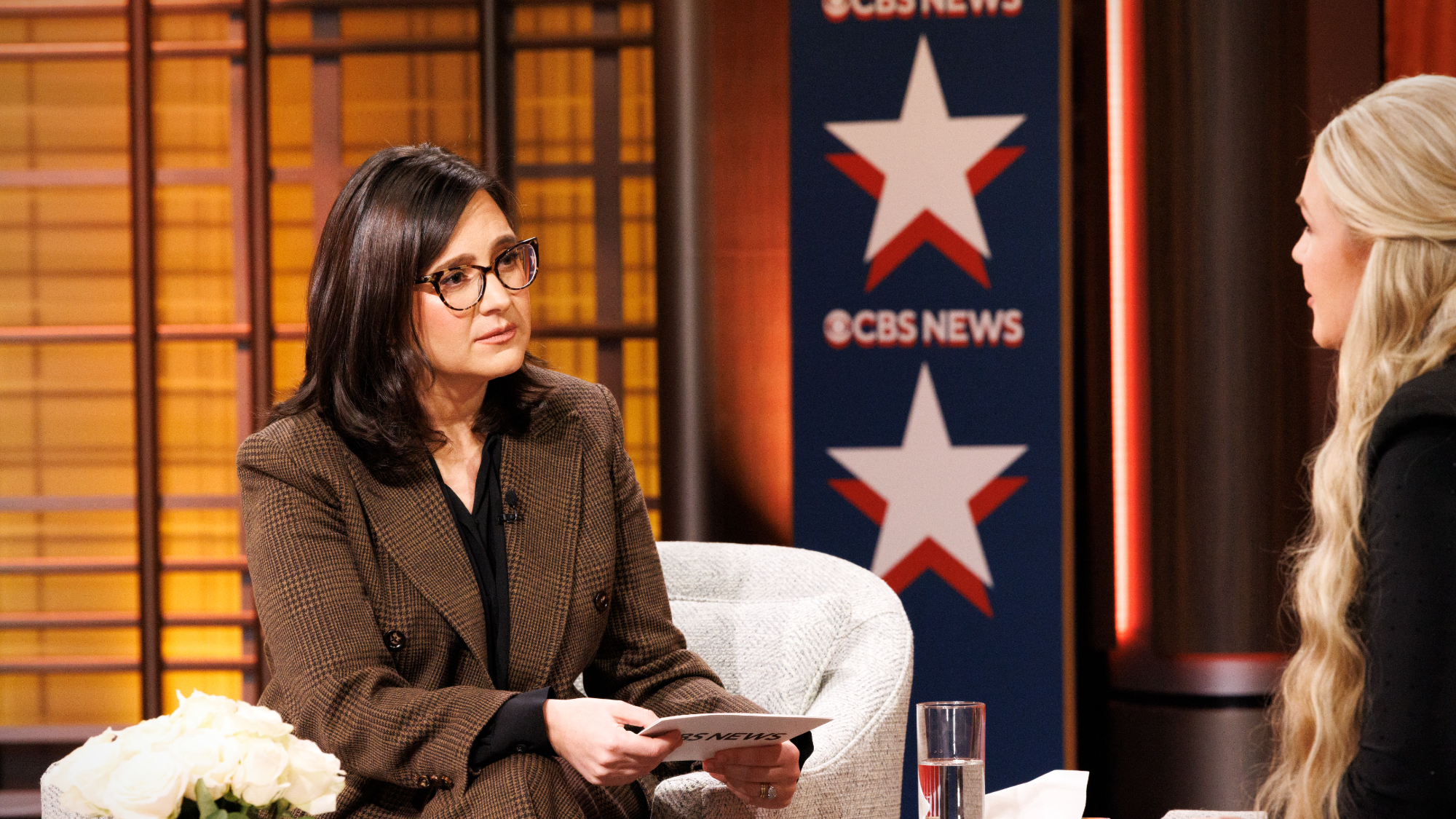 CBS pulls ‘60 Minutes’ report on Trump deportees
CBS pulls ‘60 Minutes’ report on Trump deporteesSpeed Read An investigation into the deportations of Venezuelan migrants to El Salvador’s notorious prison was scrapped
-
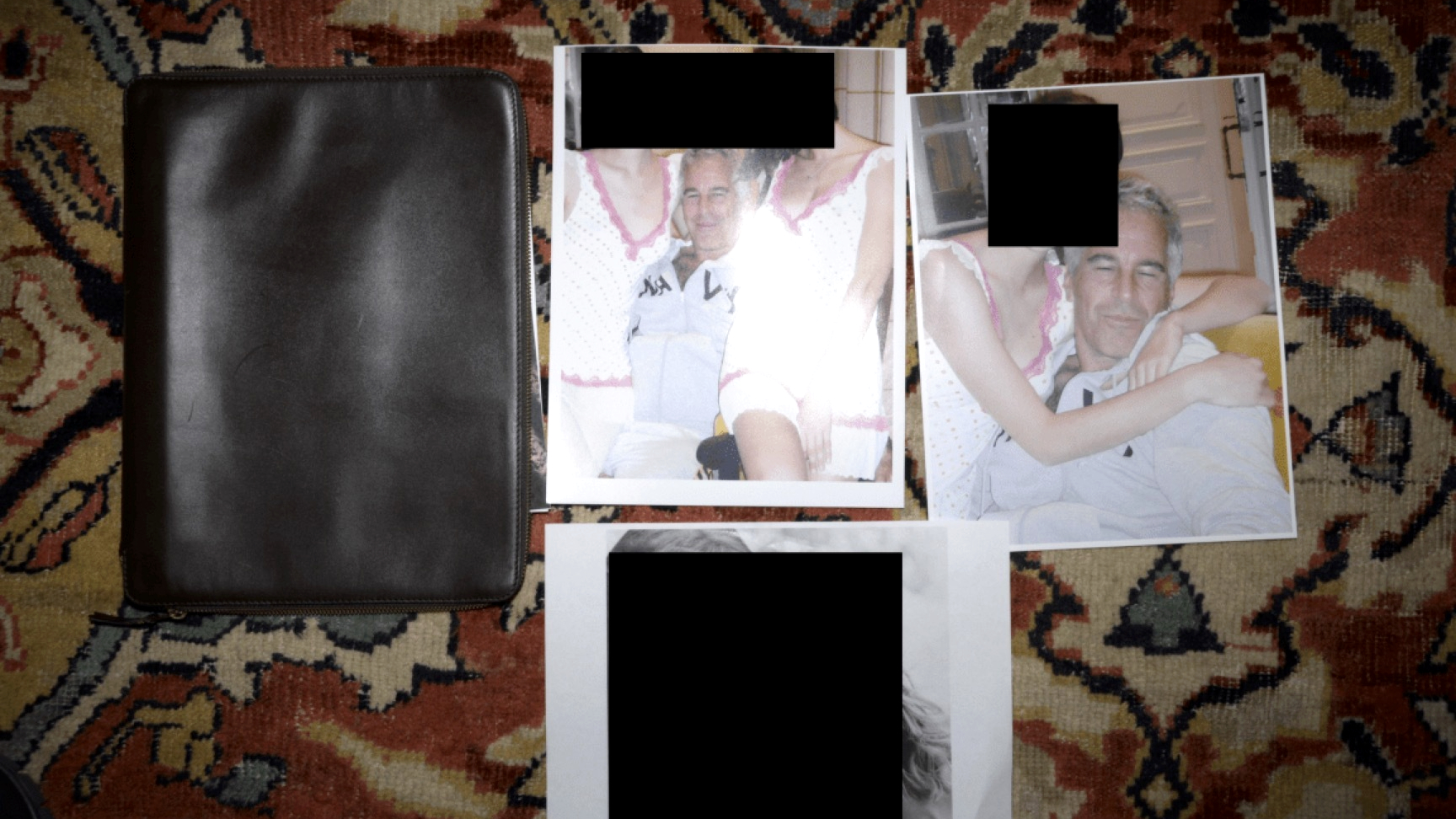 Trump administration posts sliver of Epstein files
Trump administration posts sliver of Epstein filesSpeed Read Many of the Justice Department documents were heavily redacted, though new photos of both Donald Trump and Bill Clinton emerged
-
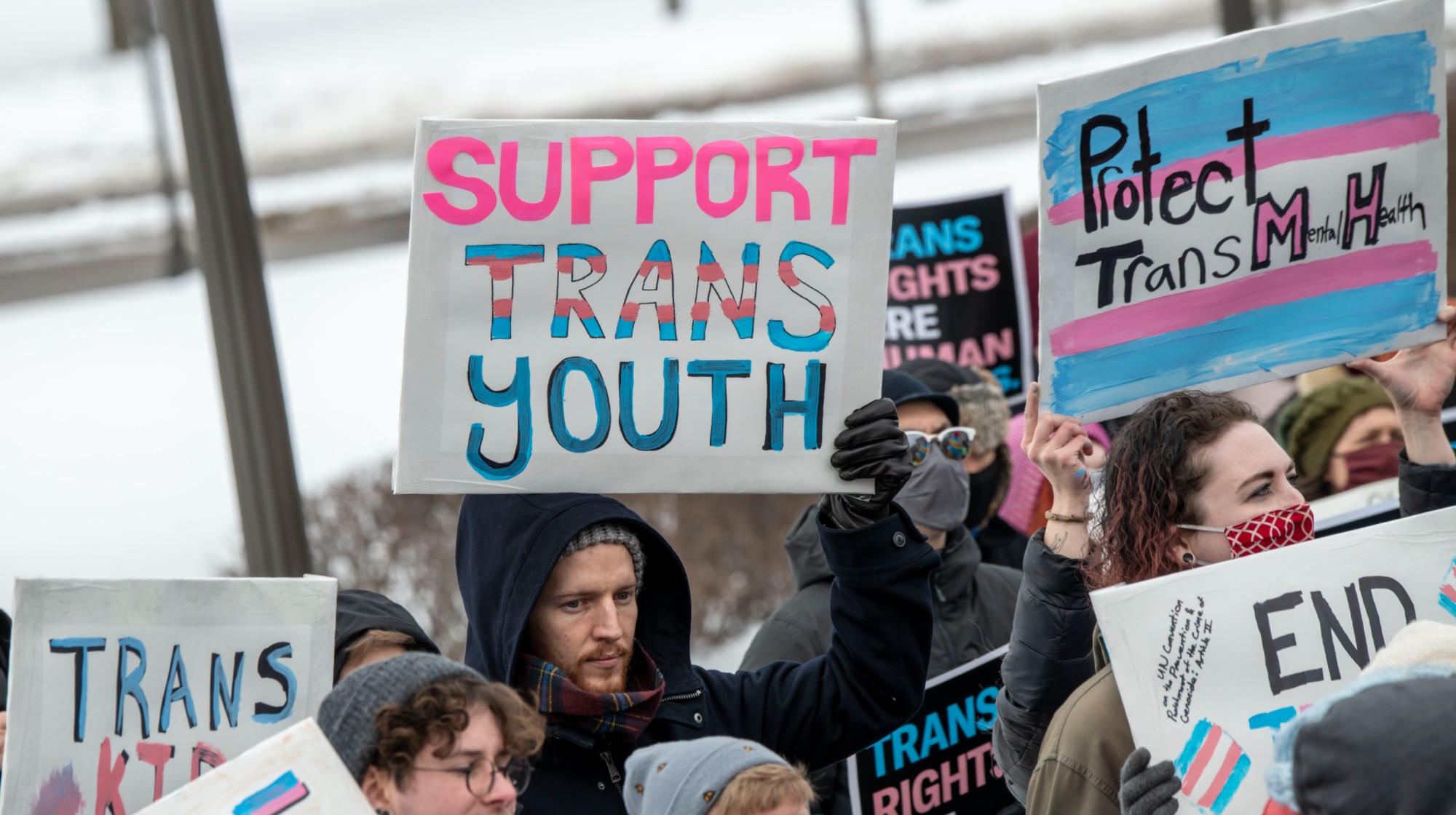 Trump HHS moves to end care for trans youth
Trump HHS moves to end care for trans youthSpeed Read The administration is making sweeping proposals that would eliminate gender-affirming care for Americans under age 18
-
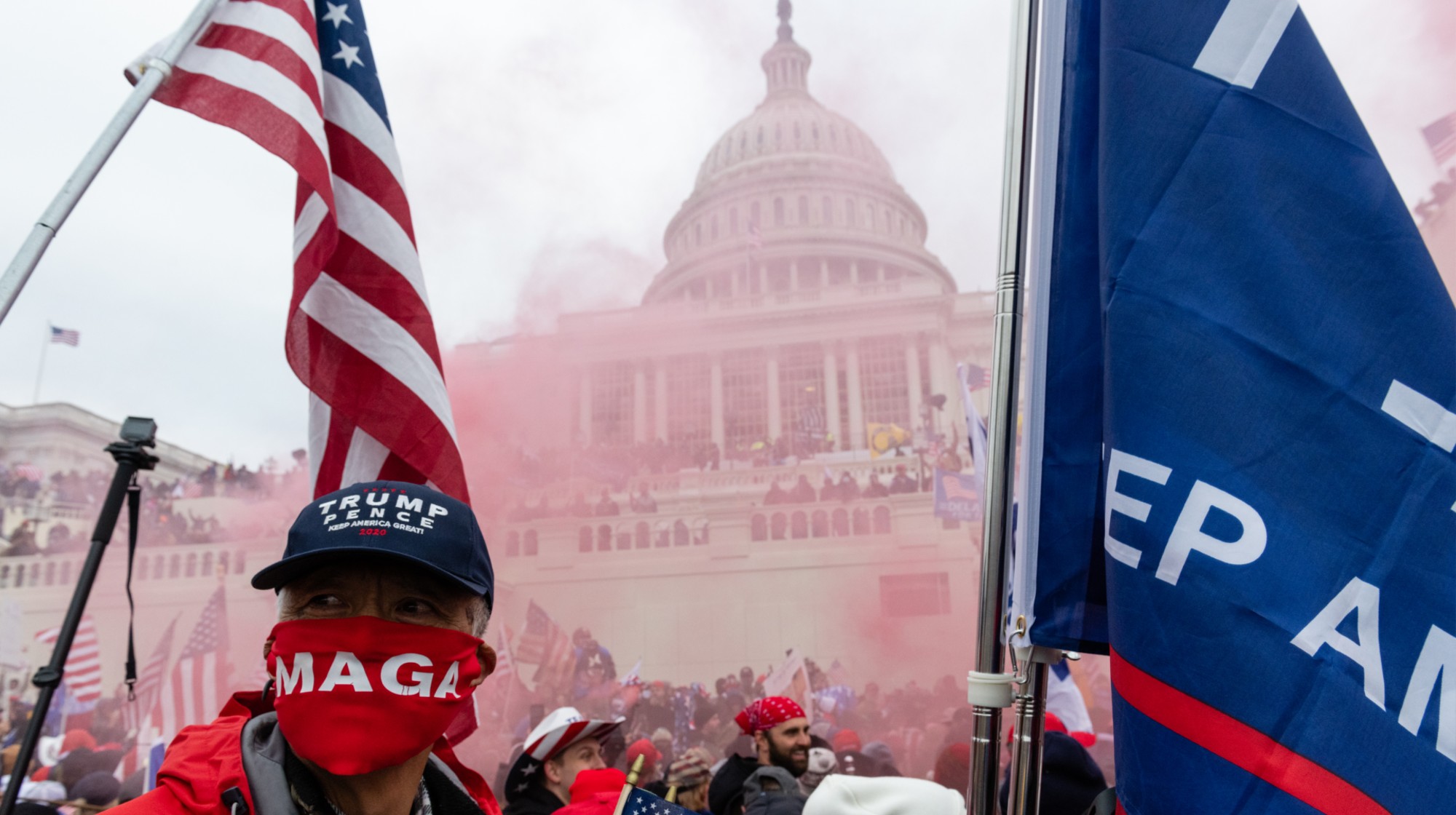 Jack Smith tells House of ‘proof’ of Trump’s crimes
Jack Smith tells House of ‘proof’ of Trump’s crimesSpeed Read President Donald Trump ‘engaged in a criminal scheme to overturn the results of the 2020 presidential election,’ hoarded classified documents and ‘repeatedly tried to obstruct justice’
-
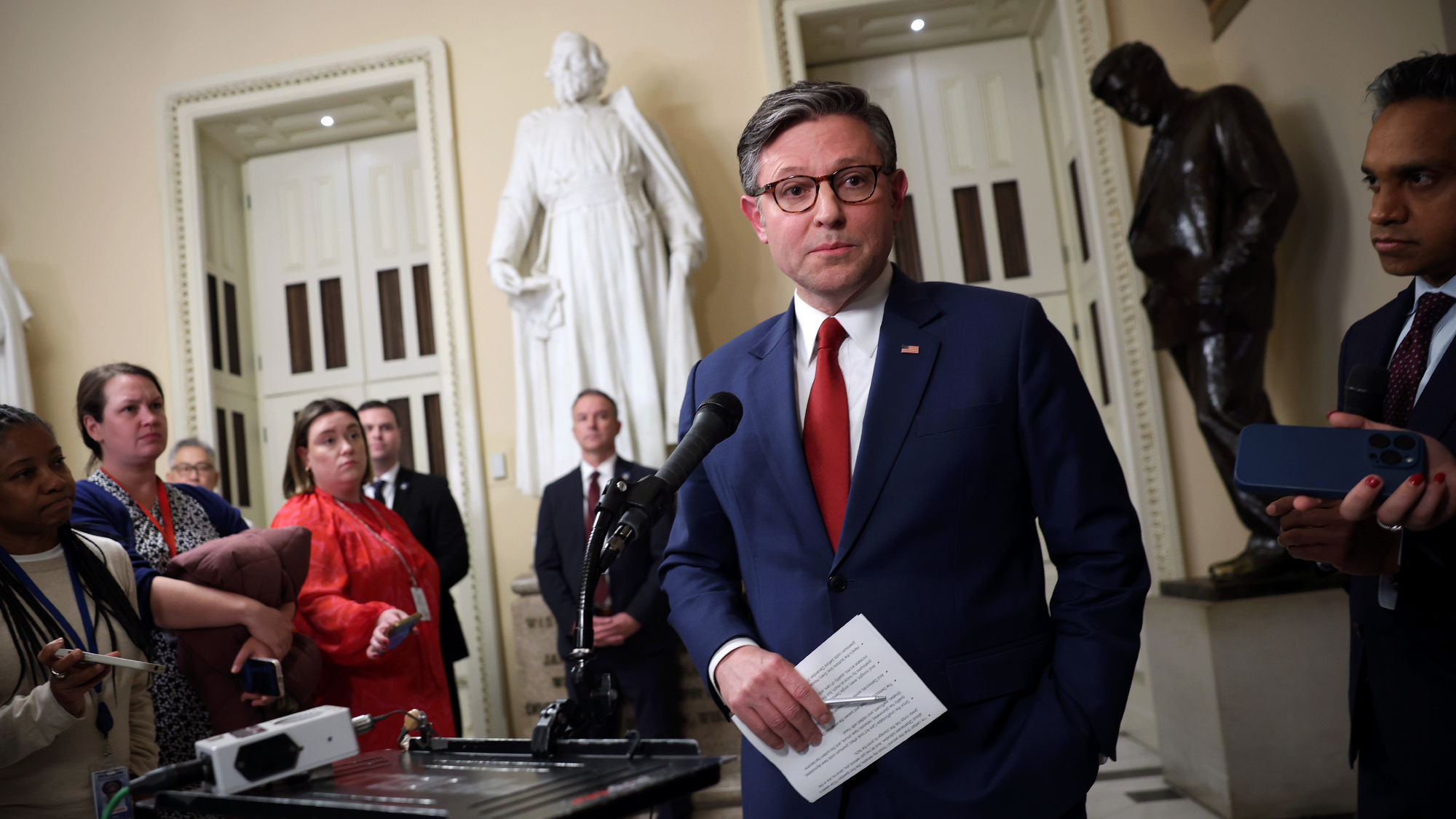 House GOP revolt forces vote on ACA subsidies
House GOP revolt forces vote on ACA subsidiesSpeed Read The new health care bill would lower some costs but not extend expiring Affordable Care Act subsidies
-
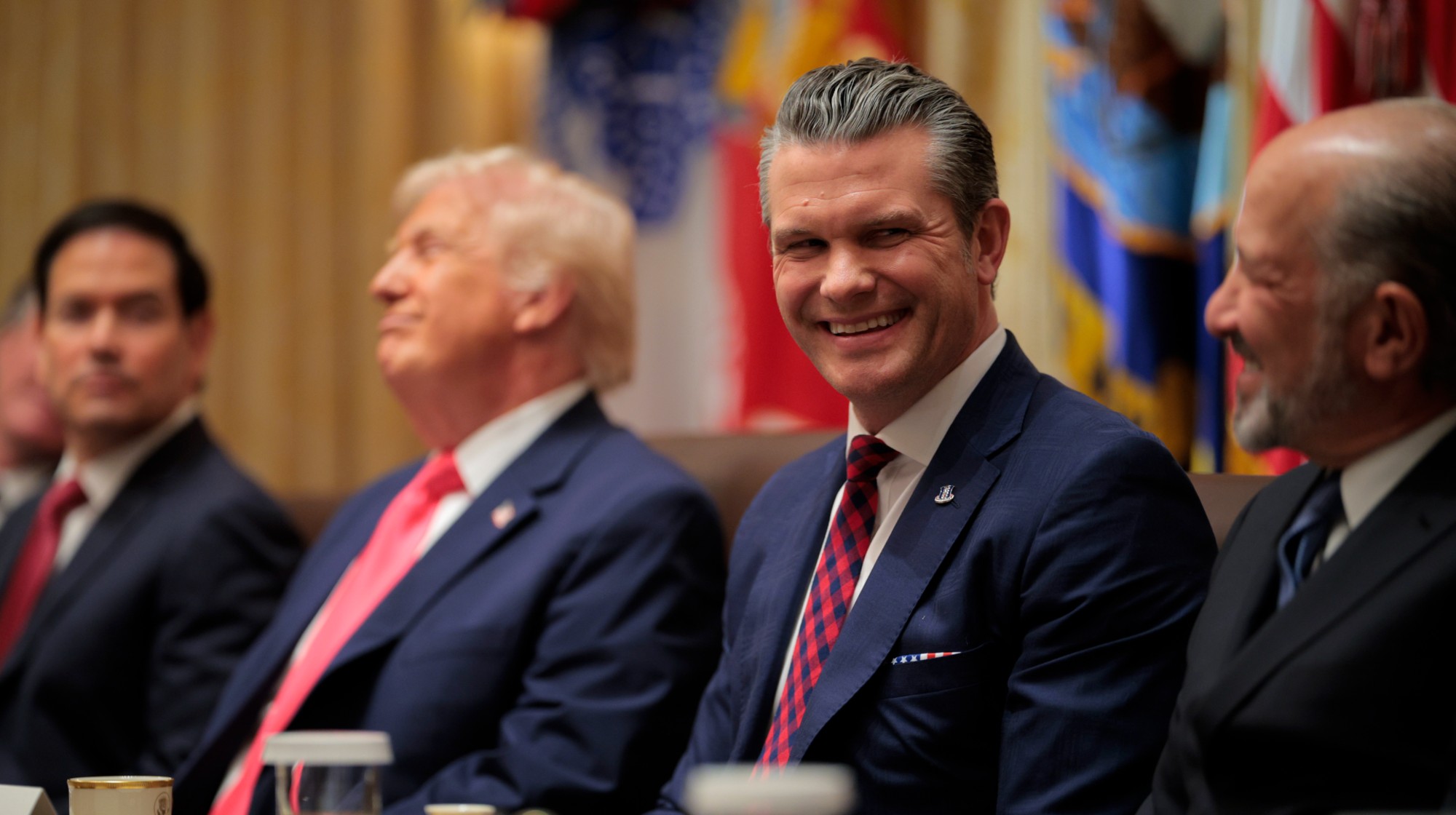 Hegseth rejects release of full boat strike footage
Hegseth rejects release of full boat strike footageSpeed Read There are calls to release video of the military killing two survivors of a Sept. 2 missile strike on an alleged drug trafficking boat
-
 Trump vows naval blockade of most Venezuelan oil
Trump vows naval blockade of most Venezuelan oilSpeed Read The announcement further escalates pressure on President Nicolás Maduro



